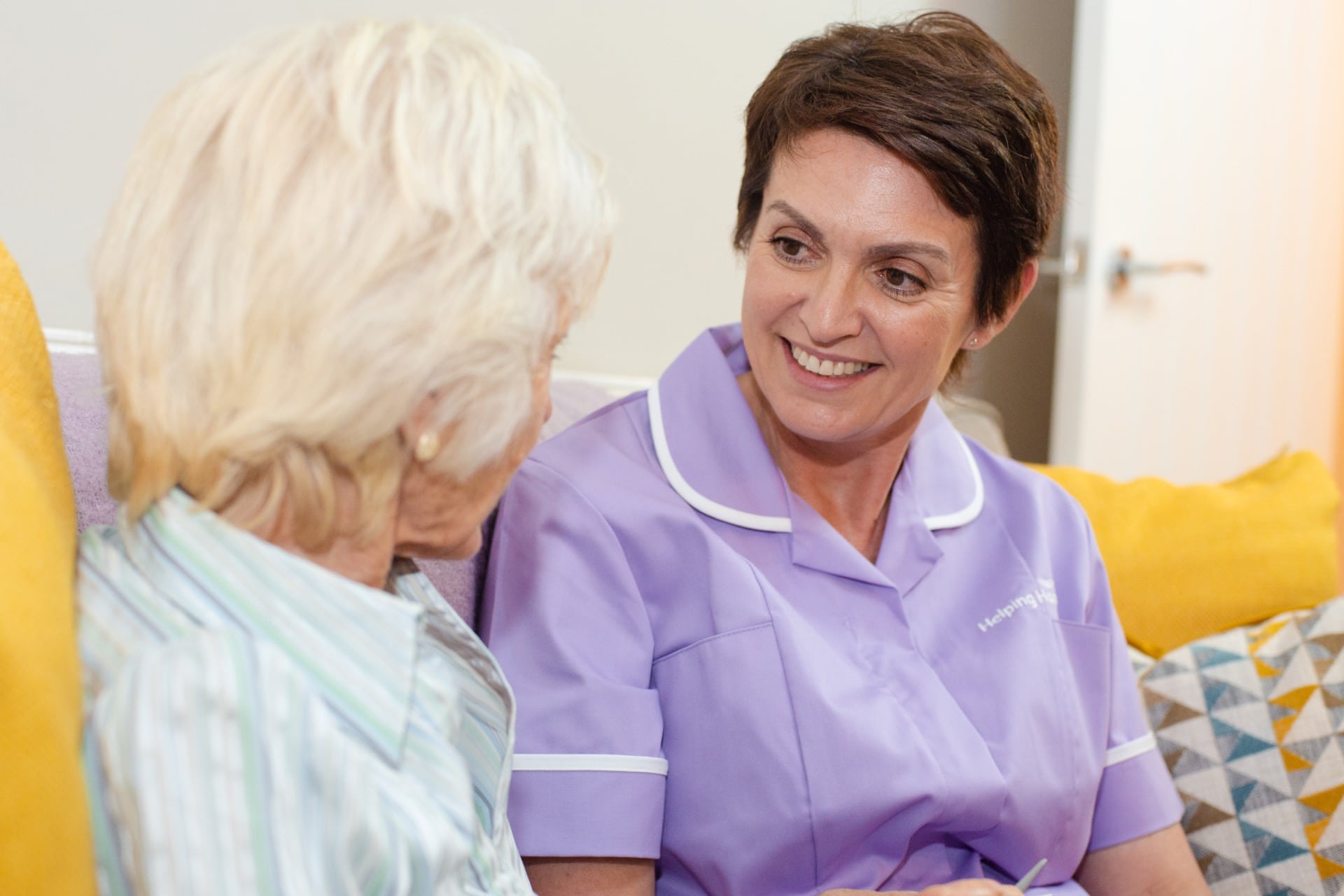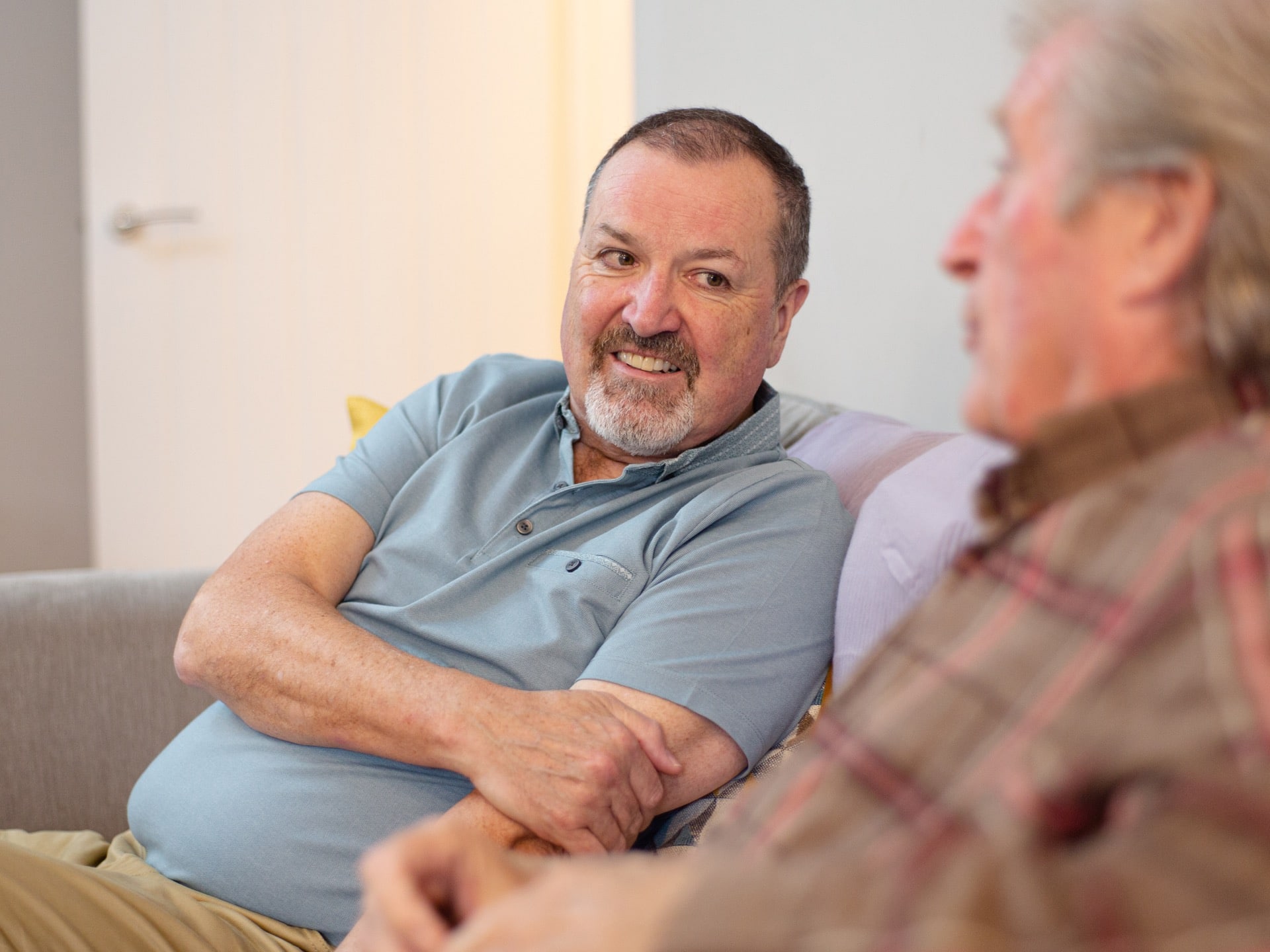Sciatica in the elderly

What is sciatica?
According to the NHS, “Sciatica is where the sciatic nerve, which runs from your lower back to your feet, is irritated or compressed.”
Symptoms of sciatic pain can include shooting, stabbing, tingling or burning pain down the legs. These symptoms can worsen while moving, coughing, or sneezing. However, it’s not something you need to worry about, as sciatica can be treated and tends to get better in four to six weeks. It usually goes away on its own and in most cases, you won’t need any extensive treatment.
There are a variety of non-surgical remedies, such as exercises and staying active. However, it is important to get advice from your GP before carrying out any treatment.

Causes of sciatica in the elderly
Sciatica is caused when there is pressure or rubbing on the sciatic nerve. This can be caused by the following:
A slipped disc
This is the most common cause of sciatica and it occurs when the soft cushion between the bones of your spine, which works as a shock absorber, is pushed out. This can be caused by ageing, extensive exercise or heavy lifting.
Spinal stenosis
Spinal stenosis is common among older adults and occurs when one or more spaces within the spinal canal narrows, which causes pressure on your spinal cord and sciatic nerve. It is common in the lower back.
Spondylolisthesis
According to the NHS, “Spondylolisthesis is where one of the bones in your spine, called a vertebra, slips forward.” It is most common in the lower back and can be painful. It is most likely to occur as you get older, as your bones in the spine tend to get weaker with age.
Back injury
Back injury can lead to pressure on the sciatic nerve. Individuals over 60 years old, are more likely to experience back pain/injury than younger people.
This can be caused by falls, heavy lifting, poor posture or keeping inactive.
Treating sciatica in the elderly
Having sciatica can be worrying, but thankfully it can be treated. It can get better by itself; however, there are treatments available. Here’s a little more information.
Physiotherapy
Your GP may refer you to a physiotherapist to help restore movement in your body. They will also advise you on aftercare, including exercises to help treat and relieve the pain.
Pain relief medication
You can take paracetamol and ibuprofen to help reduce inflammation and provide some pain relief. These are available to purchase over the counter. If your pain is severe, your GP may recommend painkiller injections.
Exercises
Stretches and exercises can help relieve pain. However, seeking advice from your doctor or physiotherapist before carrying out any exercises is essential, as some may cause more harm than good.
Stay active
It’s easy just to lie down when you are in pain, but it is important to stay active. Make sure you don’t sit down for long periods and keep moving as much as your body allows. This will help reduce any inflammation you may have.
Heat and cold compress
Using heat and cold packs can help reduce inflammation and pain.
Speak to your doctor before using a cold and hot compress, as they can advise you on how to use this type of treatment safely and for how long.
Surgery
If non-surgical treatments haven’t been successful or your pain is severe, your doctor may recommend surgery.
The NHS states, “Surgery may become likely if difficult symptoms last up to 2 months.” However, it tends to be the last resort.
Avoid heavy lifting
Make sure you avoid heavy lifting as this will only cause more problems. It’s also important to maintain a good posture. So try and keep your back straight while walking and standing. This will allow you to move around comfortably and decrease the strain on your back.
Prevention
Prevention is always the best treatment. So try to maintain a healthy weight, go for a daily walk around the block, try not to sit or stand for prolonged periods, and when lifting, make sure you do so safely by bending your knees, not your back.
How Helping Hands can help with your elderly care
At Helping Hands, we provide elderly care on a visiting and live-in basis so our customers can continue to live life as they wish in the comfort of their homes.

Our expertly-trained carers can support you in your day-to-day lives. With elderly care, our carers can help you get dressed in the mornings so you can start your day, take you to your local exercise class so you can stay active and help with your household duties.
If you are experiencing sciatica pain, our compassionate carers can also support you with the condition for as long as you need. So, whether you are having difficulty running errands, grocery shopping or maintaining the household, you can always count on our carers to be there for you no matter what.
For extra peace of mind, our person-centred care is fully regulated by the Care Quality Commission and Care Inspectorate Wales. So, you can be confident knowing you’ll receive a responsive, well-led and compassionate service.
Page reviewed by Rebecca Bennett, Regional Clinical Lead, on February 2, 2024.